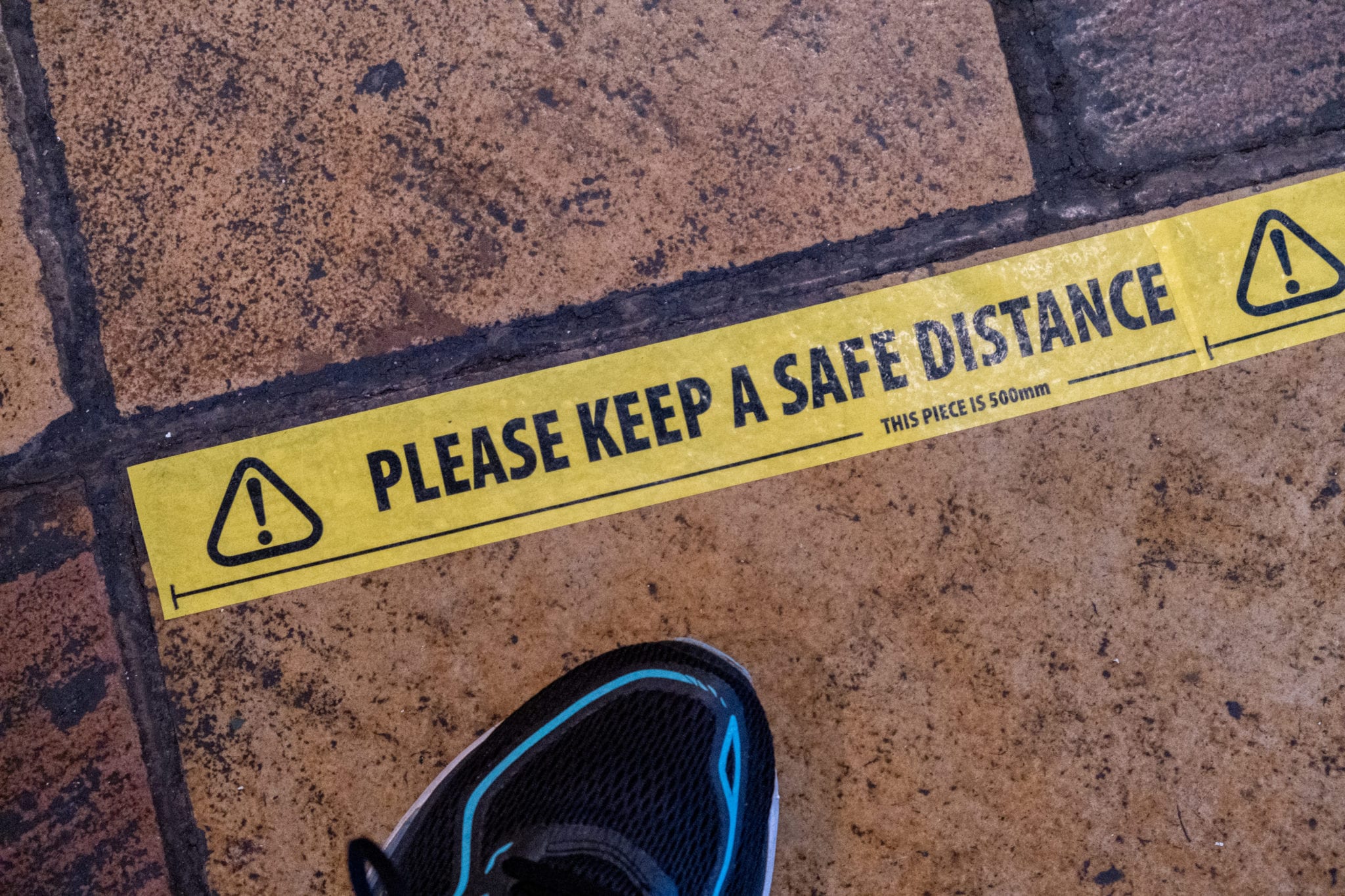The Impact of COVID-19 on the UK’s Web Design and Creative Sector
The Unprecedented Challenge
The onset of COVID-19, a global health crisis unlike any in recent history, has left an indelible mark on industries worldwide, including the UK’s website design and creative media sector. The pandemic’s restrictions necessitated a rapid shift to online platforms, catalysing a digital revolution. This abrupt transition has redefined the landscape of digital engagement, compelling businesses to rethink their online strategies and presence.
Accelerated Digital Transformation
The pandemic has served as a catalyst for digital transformation, with an intensified focus on digital solutions to combat the challenges of physical distancing. This period witnessed a significant uptick in demand for digital services, propelling the website design and creative media sector into a new era. Businesses, ranging from local startups to established corporations, have recognized the imperative need for a robust online presence, leading to a surge in website development and digital marketing initiatives.
The Rise of E-commerce
E-commerce has emerged as a lifeline for businesses during the lockdowns. The closure of physical stores led to a surge in online shopping, prompting even the most traditional businesses to embrace e-commerce. This transition has not only heightened the demand for sophisticated e-commerce platforms but also for seamless integration of functionalities like real-time inventory tracking, secure payment gateways, and user-friendly interfaces, reshaping the e-commerce landscape.
Changing Design Trends
The pandemic has significantly influenced web design trends. In these times of uncertainty, web designs have evolved to offer comfort and reassurance. Minimalistic layouts, calming colour schemes, and compassionate messaging have become hallmarks of this era. This evolution reflects a deeper understanding of user psychology and the role of design in providing a sense of normalcy and stability.
Accessibility and User Experience
The reliance on digital platforms for everyday activities has underscored the importance of web accessibility. The sector has witnessed a renewed commitment to designing inclusive websites that cater to the needs of all users, including those with disabilities. Enhancing user experience through accessible design has become a key focus, ensuring that websites are navigable, understandable, and usable for everyone.
The Remote Work Revolution
The shift to remote work has been one of the most profound changes in the creative media sector. This new mode of operation has presented unique challenges and opportunities. Creative teams have adapted to digital collaboration tools, fostering a culture of flexibility and innovation. This shift has also broadened the talent pool, allowing for a more diverse range of perspectives and ideas.
Impact on Collaboration and Creativity
The transition to remote work has sparked a debate about its impact on collaboration and creativity. Creative teams have had to find novel ways to foster a collaborative spirit and maintain creativity, often relying on technology to bridge the gap. This period has been a testament to the resilience and adaptability of creative professionals, who have continued to produce compelling content and innovative designs despite the challenges.
Financial Implications
The economic impact of the pandemic on the creative media sector has been complex. While certain areas have experienced growth due to increased demand for digital services, others have struggled, especially those tied to industries like travel and hospitality. The financial landscape has been a mix of challenges and opportunities, with varying impacts across different segments of the sector.
Government Support and Recovery
The role of government support in the survival and recovery of the creative media sector cannot be overstated. Various relief packages and support schemes have been crucial in sustaining businesses through the crisis. As the sector navigates the path to recovery, it will be interesting to see how these businesses evolve, adapt, and innovate in response to the lessons learned during the pandemic.
Conclusion
The COVID-19 pandemic has fundamentally transformed the UK’s website design and creative media sector, serving as a catalyst for rapid digital adoption, reshaping design aesthetics, and redefining workplace dynamics. As the world gradually emerges from the shadow of the pandemic, the sector stands at the cusp of a new era, poised to leverage the lessons and opportunities presented by this unprecedented challenge.

